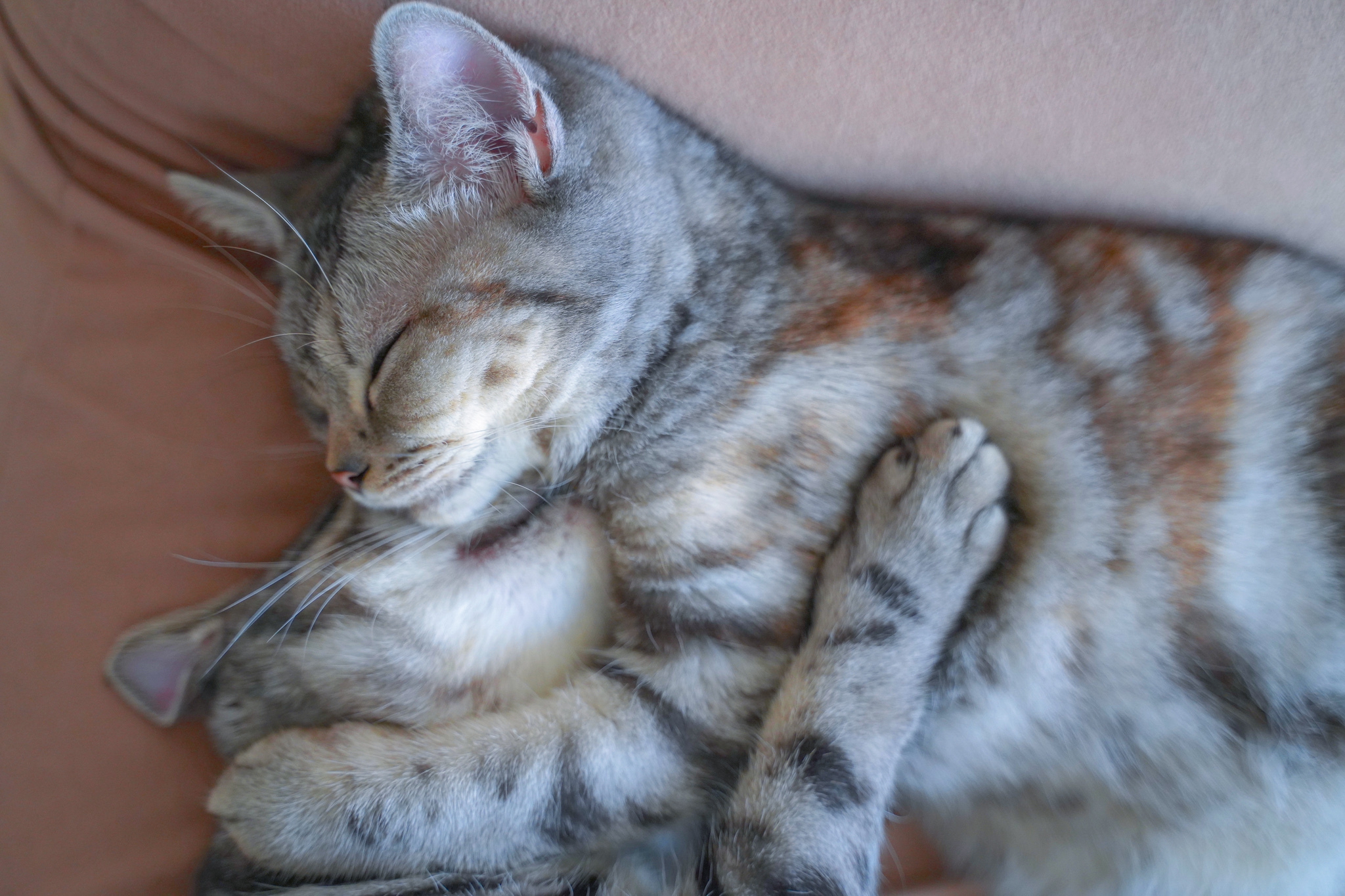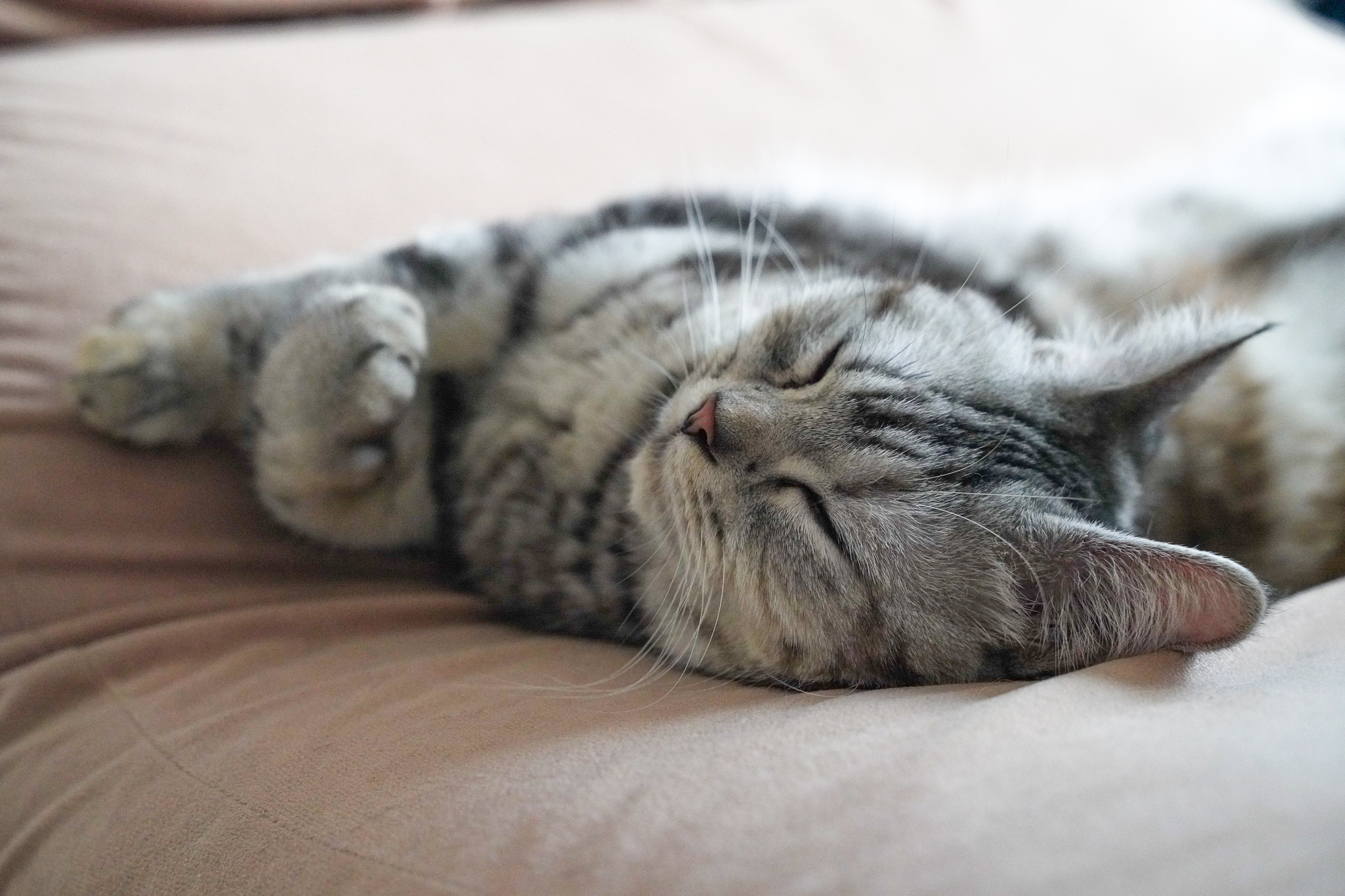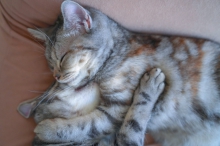CUHK
News Centre
CUHK and Japanese Scientists Unravel Full Genome of American Shorthair Domestic CatsAdvances Precision Veterinary Medicine
Researchers from the School of Life Sciences at The Chinese University of Hong Kong (CUHK) and Japanese research teams have constructed a high-resolution chromosome-scale full genome sequence assembly of an American Shorthair domestic cat (AnAms1.0). By incorporating data from multiple advanced genomic technologies, this genome assembly has a much improved quality over the currently available reference. This research will drive forward precision veterinary medicine to provide the most suitable treatments based on individual differences predicted from genomic information.
Precision veterinary medicine for cats
Being one of the most popular companion animals, there are over 370 million household cats around the world. The domestic cat has a long history living with humans, from being sacred animals and crop guards back in ancient Egypt, to being an embedded part of the family.
Genetic information encoded in DNA is the inherited blueprint of life that contains instruction for development and biological functions. Genome sequence is a basis to guide various research and diagnostic analyses, which often rely on a reference genome sequence assembly. In recent years, personalised medicine providing the most suitable treatment based on individual differences predicted from genetic information has been attracting attention, while the corresponding precision veterinary medicine in animals has lagging due to insufficient animal genomic resources.
The first complete genome sequence of a cat came from an Abyssinian cat named Cinnamon, which was published in 2007. Subsequently, a few other breeds have been partially sequenced. However, the Abyssinian is a highly inbred singular breed and is phylogenetically distant from many modern cats.
A CUHK research team led by Professor Chan Ting Fung and Professor Lam Hon Ming from the School of Life Sciences collaborated with Anicom Specialty Medical Research Institute, Inc., National Institute of Genetics (Research Organization of Information and Systems), and Kazusa DNA Research Institute in Japan to perform comprehensive genomic and transcriptomic analyses on a domestic cat “Senzu”, an American Shorthair in breed.
By combining multiple advanced genomic technologies, all 19 chromosomes of “Senzu” have been assembled to near full-length. The AnAms1.0 genome assembly has a total length of 2.49 Gbp and features a high contiguity with scaffold N50 length over 150 Mbp with only one short unplaced sequence scaffold of 1,381 bp. It is a huge improvement over the current cat genome reference, felCat9, which has around 4,500 unplaced scaffolds. The AnAms1.0 genome also offers a more representative alternative to the current reference felCat9, as the American Shorthair breed is among the most famous household cat breeds and also is phylogenetically closer to many of the modern cats, being an ancestor cat breed in the Americas with outcrossing recognised for various registered cat breeds.
The genome assembly and gene annotation results are deposited onto Cats-I (https://cat.annotation.jp), a database constructed to facilitate the accumulation and sharing of cat genomic information to advance precision veterinary medicine. The team has released the research result online onto BioRxiv, an open access preprint repository for the biological sciences. (https://doi.org/10.1101/2020.05.19.103788).
Long-range optical mapping technology used by CUHK
The CUHK research team employed one of the advanced genomic technologies in this Hong Kong-Japan research cooperation, performing optical mapping data generation and analysis to aid genome assembly. They used a platform obtained under the Collaborative Research Fund 2019, as well as fund support from CUHK Group Research Scheme and the Hong Kong Research Grants Council Area of Excellence Scheme.
Optical mapping is a high-throughput automated nanochannel array fluorescent microscopy-based technology. By enzymatically marking fluorescent signals at certain short DNA sequence motifs in ultra-long single DNA molecules (150 kbp – 2Mbp), characteristic fluorescent signal patterns specific to the sequence composition of the sample will be generated. This is useful in genome assembly and large-scale genomic structural variation detection, similar to having graphical insight into the big picture and some of its pieces when piecing puzzles.
The CUHK team has previously used the same technology to help successfully generate a reference-grade genome assembly for the wild soybean and they discovered some agriculturally meaningful genomic structural variations among different soybean germplasms. They have been characterizing genomic structural variations among human populations, and are now further investigating into the cat genome structures.










